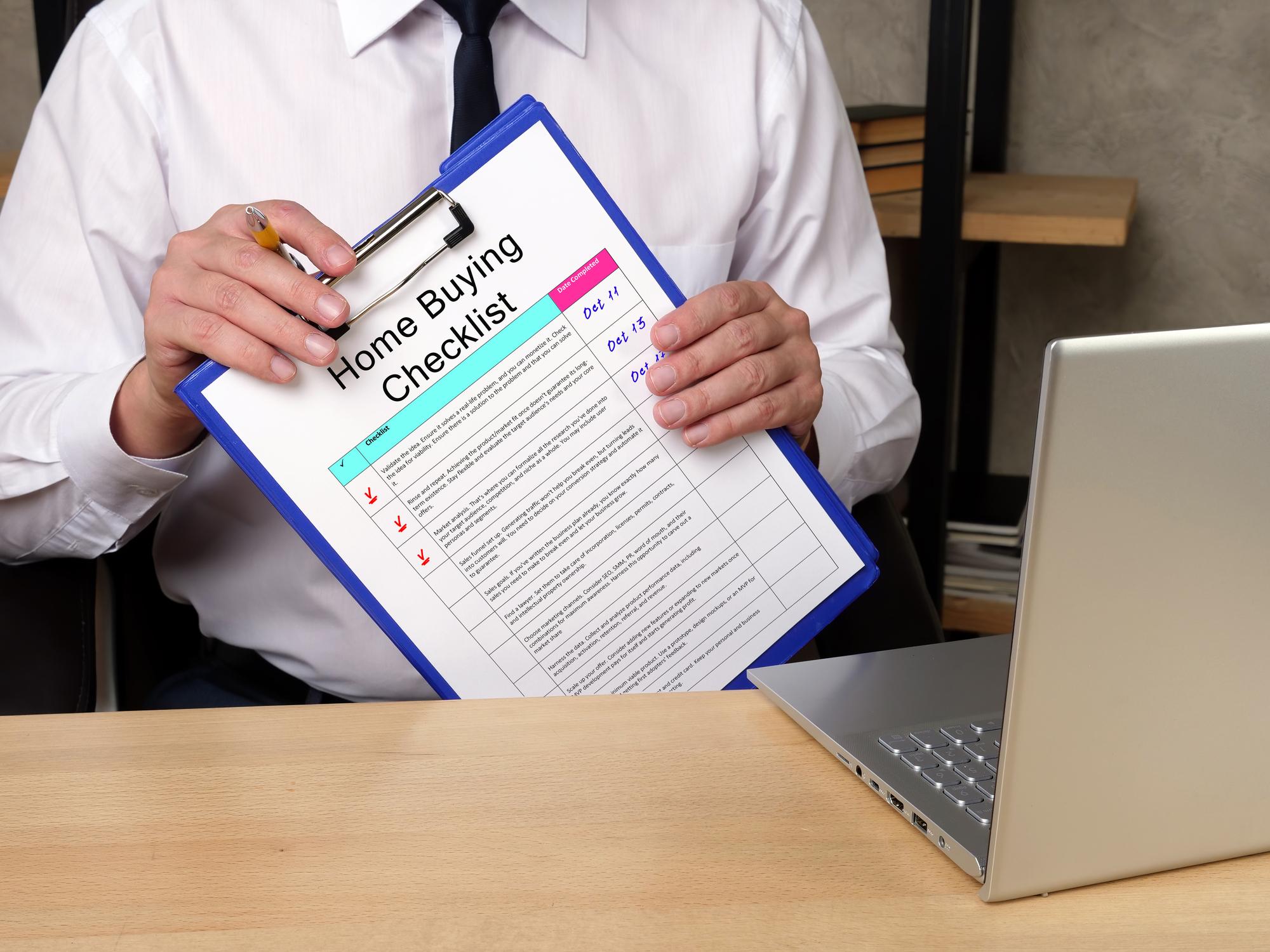
The home buying process typically involves a series of steps that a person or family goes through to purchase a home. The process can vary depending on the location, real estate market conditions, and the specific needs and preferences of the buyer.
Generally, the process starts with determining the budget for the purchase, including a down payment, closing costs, and ongoing expenses such as property taxes and homeowners insurance. This often involves obtaining pre-approval for a mortgage loan from a bank or other lender.
Next, the buyer typically begins searching for properties that meet their criteria, such as location, size, price, and features. This can involve working with a real estate agent or using online search tools to find listings.
Once a suitable property is identified, the buyer may make an offer to purchase it, typically with the help of a real estate agent or attorney. This can involve negotiating the price and terms of the sale, such as contingencies for inspections and repairs.
Assuming the offer is accepted, the buyer will typically have a period of time to conduct inspections of the property and ensure that there are no significant issues or defects that would make them reconsider the purchase. This can include a home inspection, pest inspection, and other specialized inspections as needed.
If everything checks out, the buyer can then proceed to closing, which involves signing a variety of legal and financial documents, paying the remaining balance of the purchase price, and taking possession of the property. After closing, the buyer becomes the owner of the home and assumes responsibility for ongoing maintenance and expenses.
Let’s look at all these steps in a 20-point checklist of the home buying process.
- Determine Your Budget: The first step is to determine your budget by calculating your income and expenses. This will help you determine how much you can afford to spend on your new home.
- Get Pre-Approved for a Mortgage: Once you have determined your budget, the next step is to get pre-approved for a mortgage. This will help you determine how much money you can borrow and what interest rate you qualify for.
- Choose a Real Estate Agent: Choose a reputable real estate agent to help you with the home buying process. They will guide you through the process, provide valuable advice, and help you find your dream home.
- Begin House Hunting: Once you have your pre-approval letter and a trusted real estate agent, it’s time to start house hunting. Visit open houses, research properties online, and make a list of homes that meet your needs and budget.
- Make an Offer: Once you have found the home you want to buy, it’s time to make an offer. Your real estate agent will help you negotiate the best price for the property.
- Hire a Home Inspector: Once your offer has been accepted, hire a home inspector to assess the condition of the property. This will help you identify any potential issues or problems with the home.
- Review the Home Inspection Report: Once the inspection is complete, review the home inspection report. Discuss any issues with your real estate agent and decide whether to proceed with the purchase or renegotiate the price.
- Obtain Homeowners Insurance: Purchase homeowners insurance to protect your investment in the property.
- Finalize Your Mortgage: Work with your lender to finalize your mortgage and ensure that all necessary documents are in order.
- Arrange for a Title Search: Hire a title company to perform a title search on the property to ensure that there are no liens or claims against the property.
- Close on the Home: Once all necessary documents are in order and the title search is complete, it’s time to close on the home. This is the final step in the home buying process.
- Review Closing Documents: Review all closing documents carefully to ensure that they are accurate and complete.
- Sign the Closing Documents: Sign all closing documents and provide any necessary funds for the purchase of the property.
- Receive the Keys: Once the closing is complete, you will receive the keys to your new home.
- Transfer Utilities: Arrange for the transfer of utilities to your name, including electricity, gas, water, and sewer.
- Change Your Address: Change your address with the post office and notify any necessary parties of your new address, including banks, credit card companies, and insurance providers.
- Move In: Pack up your belongings and move into your new home.
- Decorate and Furnish Your Home: Once you have moved in, decorate and furnish your home to make it your own.
- Maintain Your Home: Take care of your new home by performing regular maintenance and repairs.
- Enjoy Your New Home: Finally, sit back, relax, and enjoy your new home!
If you print out this list, you can keep it handy to make sure you’ve thought of everything. That being said, would you like to add a few more items to this checklist? Share what else you would include.
